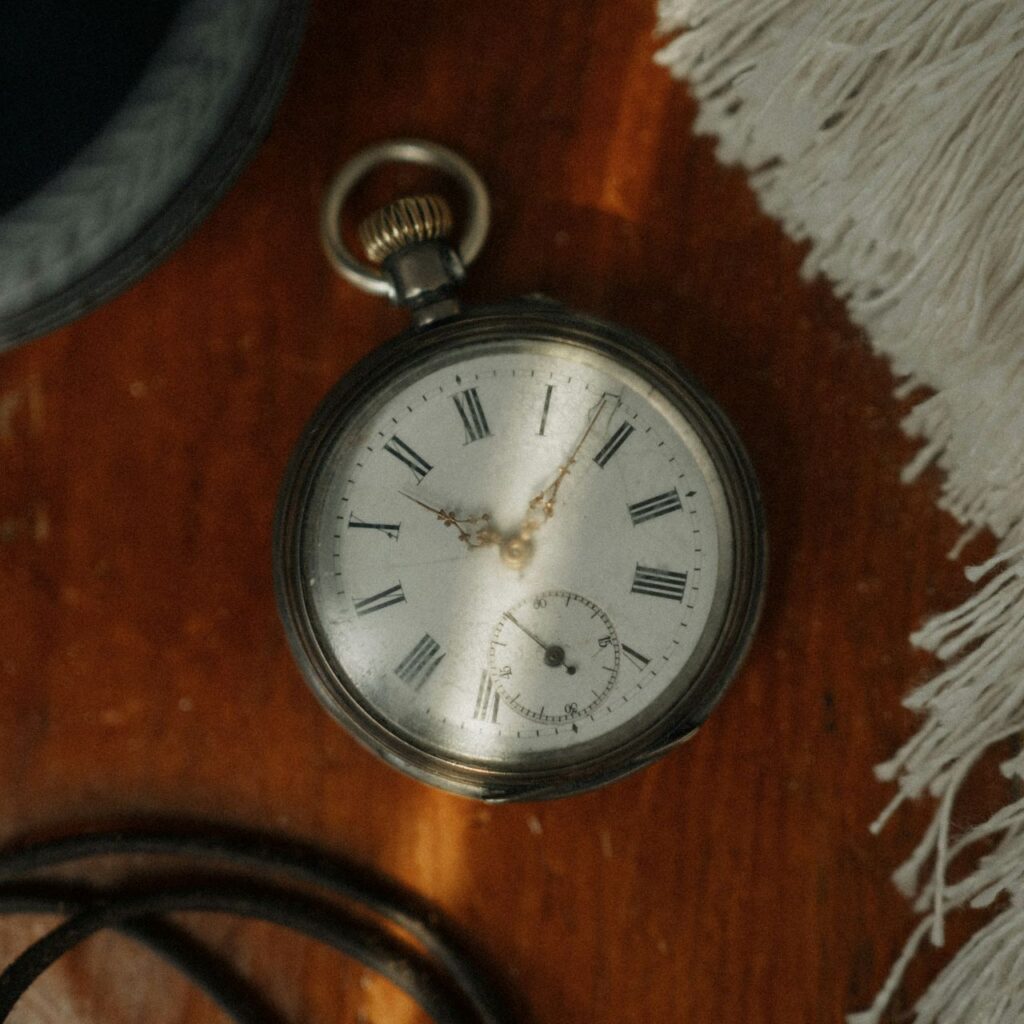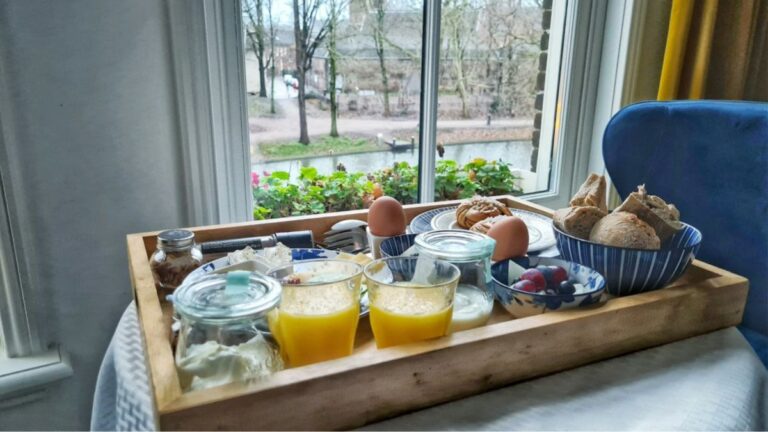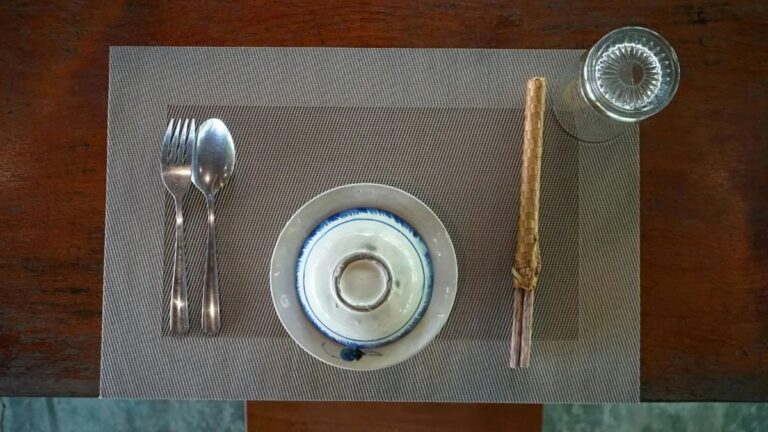Beyond Weight Loss: What Actually Helped Me Feel Better Every Day?
Quick Answer:
Moving beyond “diet hopping,” a few tiny, repeatable shifts, including hydration rhythm, simple real-food defaults, micro-movement, an evening wind-down, and breath/space, did more for my energy and steadiness than chasing the next plan.

I’ve counted calories, tried seasons of vegan, keto, and fasting, and kept a spreadsheet of “what might finally work.” Then life got real: clinic days, private clients, late nights building this healing hub. The breakthrough wasn’t another protocol. It was a handful of small practices I could do on the busiest days… no perfection required. That’s what I mean by conscious living: noticing what your system needs and making repeatable choices.
1) Hydration rhythm (not chugging)
I stopped “making up” for a day of forgetfulness with a gallon at night. Instead, I chose water I enjoy and sipped steadily through the day. Taste matters, and so does what’s practical where you live.
- Start with your local water report, then choose a certified filter or RO + remineralize if needed.
- If you prefer the taste of spring/mineral, verify the source and read labels.
- More detail here: Best Drinking Water for Everyday Use
Micro-practice: Keep a filled glass within reach. Take 2–3 sips at each micro-break.
2) Simple real-food defaults
I stopped perfecting menus and built a repeatable plate: veggies + protein + intact carbs + natural fats. I still enjoy foods I love. I just made the defaults easier than detours.
- Batch one or two elements (roasted veg, a protein) so weekday plates build themselves.
- When life crowds in, add one colorful plant at the next meal. Done.
Micro-practice: At lunch, add one handful of something green. No bargaining.
3) Micro-movement (motion as punctuation)
I used to wait for the “perfect” workout window. Now I stack 60–120 second moves between tasks: a hallway walk, calf raises while the kettle boils, shoulder circles after emails. Micro-movement keeps energy from pooling and makes my next choice easier.
Micro-practice: Every hour, do one minute of movement you’ll actually do.
4) Evening down-shift (set the pace for sleep)
My nights changed when I stopped sprinting into bedtime. Dim lights 60–90 minutes before bed, soften your jaw/shoulders by ~5%, and slow the exhale. The goal isn’t sedation. It’s permission to relax.
- If you want a guided option, try our free under 10-minute “Return to Calm”.
Send me the free meditation »
Micro-practice: Two longer, smoother exhales when you turn off your last bright light.
5) Breath + space (the 60-second reset)
When my thinking speeds up, I use a one-minute reset: spine tall, longer exhale, jaw/shoulders soften ~5%, wider gaze to the room’s edges, notice one change. It’s portable and mercifully simple.
- Details here: What Is the 60-Second Somatic Reset?
Micro-practice: Before you reply, take one longer exhale and look to the farthest point in the room.
6) Environment cues (let the room help you)
I placed one living plant on my desk and made friends with morning light. These cues are tiny, but they steady attention and make calmness more available.
- Try a leaf-scan ritual or a brief water rhythm with your plant.
See: Why Plants Calm the Nervous System - Non-ingestible supports (light/air/sleep) I like: Recommended
Micro-practice: Open a window for 30 seconds when you sit down to work.
What I learned from “trying everything”
I experimented with different eating patterns across seasons. The lesson wasn’t which label “won.” It was that consistency beats intensity. Tiny, repeatable choices changed my days more than a perfect week I couldn’t sustain.
Reflection: Which one shift above would be easiest to repeat this week?
FAQ
Do I need a strict diet to practice conscious living?
No. Start with small, repeatable shifts: hydration rhythm, micro-movement, and an evening wind-down.
How long until I notice changes?
It varies, but many people notice non-scale wins (steadier energy, better focus) within 1–2 weeks of consistent micro-practices.
What if I have a health condition?
Adapt gently and work with your clinician. These are educational ideas, not medical advice.
How do I stick with it?
Pair practices with existing habits: sips after emails, one minute of movement each hour, lights dimmed at the same time nightly.
Clinical services are provided within my scope as a licensed clinical psychologist (CA, RI). My Doctor of Integrative Medicine credential is a doctoral degree with board certification by the Board of Integrative Medicine (BOIM) and does not represent a medical/physician license. All educational content is for learning only and is not a substitute for professional medical or psychological care.
About Dr. Nnenna Ndika
Dr. Nnenna Ndika is an integrative, trauma-informed clinical psychologist (CA/RI) and Doctor of Integrative Medicine (BOIM). Her work bridges neuroscience, somatic regulation, and environmental rhythms—simple, minimalist practices that help the body remember safety and the mind regain quiet strength. Silent Medicine is educational only; it does not replace medical or psychological care. Begin with Start Here or explore Mind-Body Healing.
P.S. If these themes resonate, they’re a doorway into the ideas I explore more fully in The Book.






